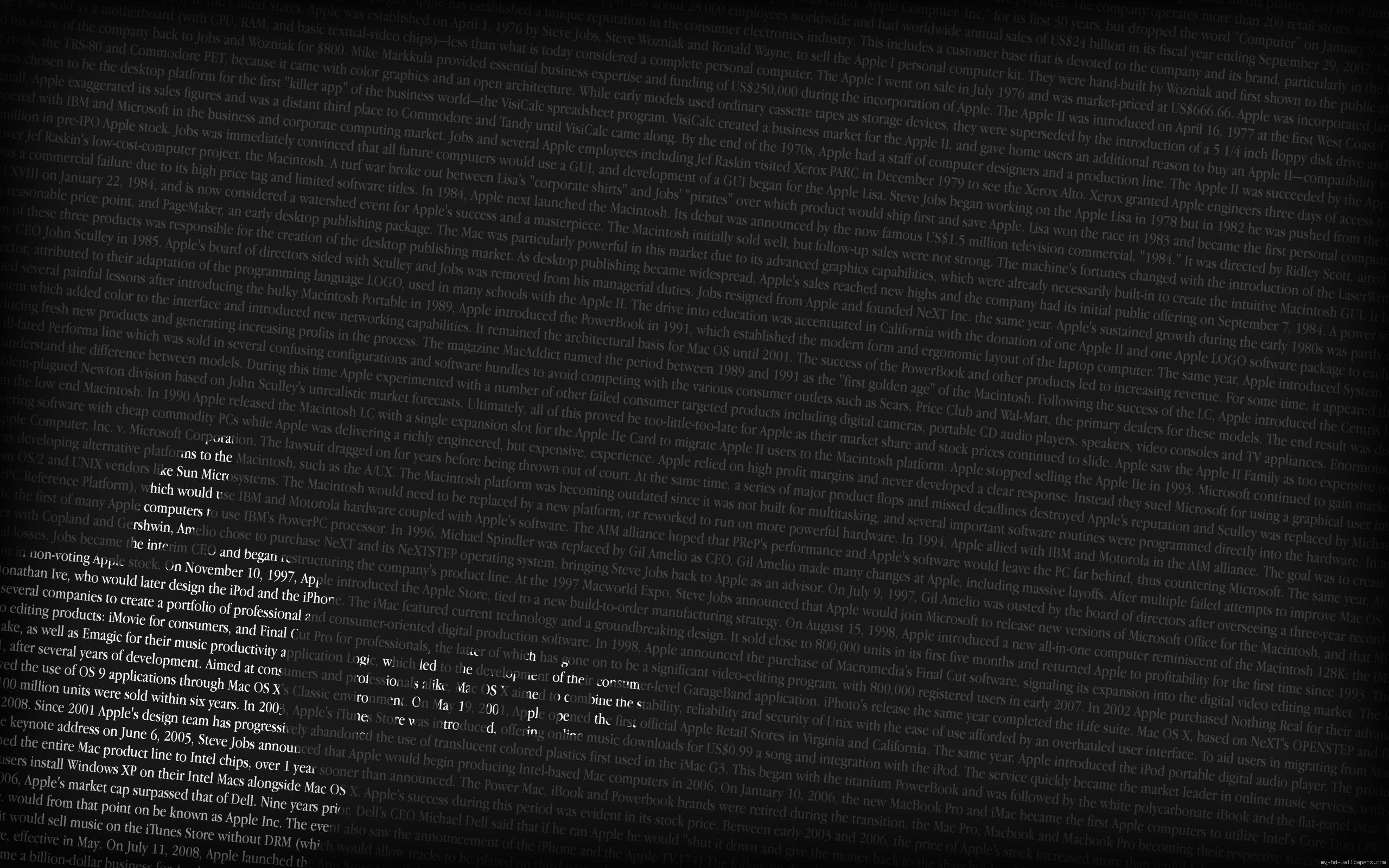


You’ll make loads of mistakes, your first 10 or 20 or whatever games will be garbage. This is a similar story for any type of development, but I think with games it’s even more critical to do this. This sounds like silly advice, but just build some games using JS for the browser. You could not use JS and start learning to build games using a different language, but it would make sense to start with browser games and work from there: For 3D, using JS, building to native: no.īut before you think about that. For iOS/Android, it’s not, but there are a load of frameworks for 2D games that will build for native. You can view EDUCBA’s recommended articles for more information.So for web-browser-based games, 2D or 3D, JS is native, so JS is a natural fit. We hope that this EDUCBA information on “Lua write to file” was beneficial to you. Then we are opening the file again in read mode to read the contents from the file using read() operation to display the contents of the file and then closing the file. Then we are opening the file in write mode to write the contents to the file using write() operation and then closing the file. In the above program, we are creating a temporary file using io.tempfile function.

opening the file in read mode to read the contents from the file using read() operation to display the contents of the file and then closing the file opening the file in write mode to write the contents to the file using write() operation and then closing the file

Lua program to open a file in write mode and write the contents to the file using write() function and then read the contents from the file using read() operations and then display the contents of the file as the output on the screen.Ĭode: -creating a temporary file using io.tempfile function Given below are the examples of Lua write to file: Example #1
Iwrite lua on iphone software#
Web development, programming languages, Software testing & others file_descriptor = io.open(file_name, mode)įile_descriptor:write(“Data to be written to the file”)


 0 kommentar(er)
0 kommentar(er)
